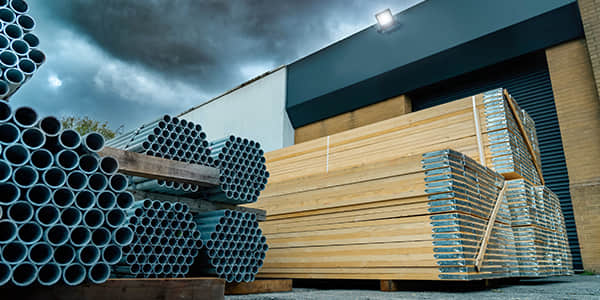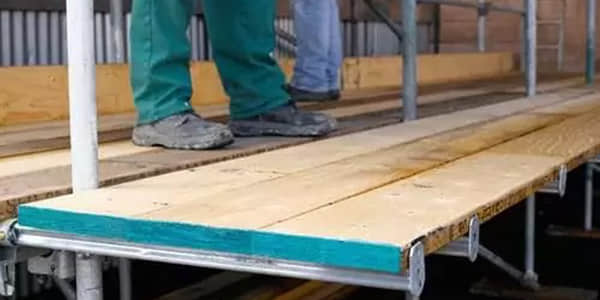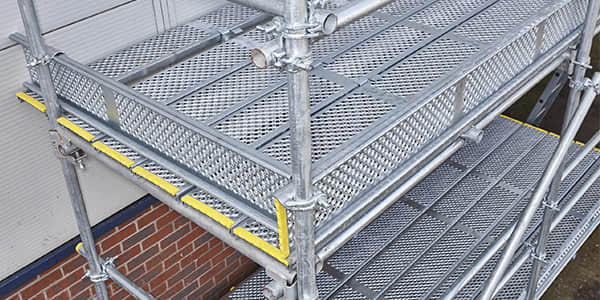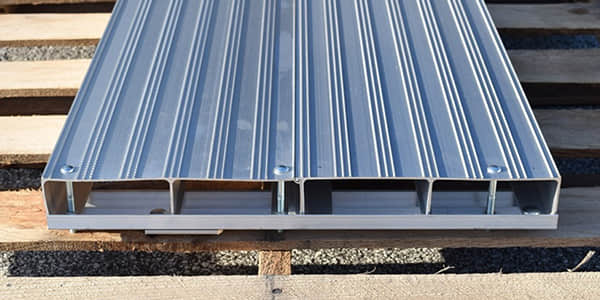What Are Scaffold Boards Made From
May 30, 2025Scaffolding is an indispensable component of modern construction, providing essential temporary work platforms for personnel, equipment, and materials. At the heart of every safe and efficient scaffold system lies the scaffold boards, the horizontal elements that bear the brunt of the load. While seemingly simple in their function, the composition of these boards is a critical factor determining their strength, durability, and most importantly, their safety. Understanding "what are scaffold boards made from" is not merely a matter of curiosity; it is fundamental for anyone involved in construction, safety management, or material procurement.
This comprehensive guide will delve into the various materials used in scaffold board manufacturing, exploring their properties, advantages, and limitations. We will also touch upon the standards and regulations that govern their production, ensuring that only fit-for-purpose materials are utilized in this high-stakes environment.

Historically and presently, timber remains the most common material for scaffold boards due to its inherent strength-to-weight ratio, workability, and cost-effectiveness. However, not all timber is created equal for this demanding application. Specific types of wood are selected for their superior mechanical properties and resistance to environmental degradation.
Characteristics:
This broad category encompasses species like European Spruce (Picea abies), European Fir (Abies alba), and various pine species. These timbers are valued for their straight grain, relatively low knot content (when properly graded), and good strength.
Advantages:
Limitations:
Characteristics:
Advantages:
Limitations:
Characteristics:
A deciduous conifer known for its reddish-brown heartwood, good strength, and natural durability due to its high resin content.
Advantages:
Limitations:
Regardless of the species, several critical factors must be considered for timber scaffold boards:
While timber remains dominant, advancements in materials science have led to the development of alternative scaffold board compositions, each offering unique advantages for specific applications.

LVL boards are engineered wood products made by bonding thin wood veneers with strong adhesives. All veneers run in the same direction, resulting in a highly consistent and strong product. They offer superior strength-to-weight ratios and predictable performance compared to solid timber. LVL is also dimensionally stable, meaning it's less prone to warping or shrinking, and can be designed for longer unsupported spans, potentially reducing the need for additional support. The manufacturing process also minimizes natural timber defects. However, LVL boards are generally more expensive than solid timber, can be susceptible to moisture if not treated, and are harder to repair than solid timber.

Steel boards are known for their high strength and load capacity. However, they are considerably heavier than timber or aluminum, impacting transportation and handling. They are also generally the most expensive upfront option. Steel boards can become slippery when wet or icy if not textured and can be noisier underfoot compared to timber.

Aluminum boards are significantly lighter than steel, reducing transport costs and improving handling efficiency. They also offer excellent corrosion resistance without galvanization. Their limitations include lower stiffness and strength compared to steel, often requiring thicker sections or more internal bracing for equivalent load capacity. They are also more susceptible to deformation under impact.
Regardless of the material, all scaffold boards must adhere to stringent national and international safety standards. These standards (e.g., EN 13183 for timber grading, BS 2482 in the UK, OSHA regulations in the US) dictate:
Regular inspection of scaffold boards is paramount. Any board showing signs of damage, decay, excessive warping, or delamination must be immediately removed from service.
The question "what are scaffold boards made from" reveals a diverse landscape of materials, each carefully selected and engineered to meet the rigorous demands of construction environments. While traditional timber, particularly European whitewoods and Douglas Fir, continues to be a cornerstone due to its proven performance and cost-effectiveness, engineered wood products like LVL and robust metal options (steel and aluminum) are gaining traction for their enhanced properties and extended lifespans.
The choice of material for scaffold boards is a complex decision influenced by factors such as project requirements, budget, environmental conditions, and desired service life. Ultimately, the overriding imperative is safety. Adherence to strict manufacturing standards, proper grading, appropriate treatment, and diligent ongoing inspection are non-negotiable. By understanding the intricate composition and properties of these essential components, we can ensure that construction sites remain safe, efficient, and productive workspaces for all.
Why is timber still so widely used for scaffold boards?
Are all timber scaffold boards the same?
50 Scaffolding Boards Ideas —— Pinterest
Fully Planked and Decked Scaffold —— OSHA